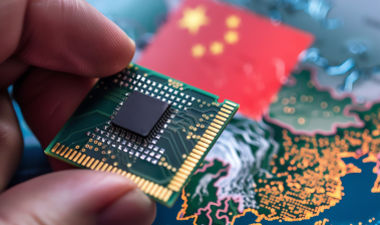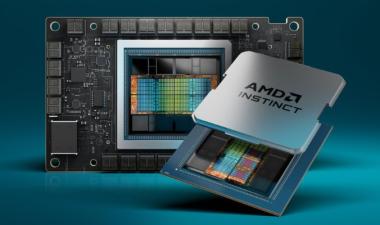Advanced Packaging: A Double-Edged Sword for Semiconductor Emissions
The semiconductor industry is undergoing a transformative phase, driven by the relentless pursuit of higher performance and efficiency. Advanced packaging technologies, such as 2.5D and 3D integration, are emerging as key enablers for this evolution. However, these advancements come with a significant environmental cost.
The Green Paradox of Advanced Packaging and Semiconductor Emissions
While advanced packaging offers numerous benefits, including reduced time-to-market and improved performance, it also introduces new challenges related to semiconductor emissions. As semiconductor devices become increasingly complex and integrated, the manufacturing processes involved in advanced packaging for these devices become more energy-intensive and resource-demanding.
One major concern is the increased use of materials and energy required for advanced packaging techniques. These processes often involve multiple steps, including wafer fabrication, die assembly, and interconnect formation. Each step contributes to the overall carbon footprint of the device and increases semiconductor emissions.
The AI Imperative and Its Environmental Impact on Semiconductor Emissions
The burgeoning field of artificial intelligence (AI) is driving the demand for high-performance computing, which, in turn, is fueling the adoption of advanced packaging technologies. AI applications, particularly in areas like machine learning and natural language processing, require massive computational power. To meet these demands, semiconductor manufacturers are developing increasingly complex and energy-hungry chips.
However, the production of these chips and their deployment in data centers have significant environmental implications. The energy consumption of data centers, coupled with the carbon emissions associated with their cooling and power infrastructure, raises serious semiconductor emissions concerns.
Chiplets: A Potential Solution or a New Challenge for Sustainable Technology?
Chiplet technology offers a promising approach to addressing the challenges of advanced packaging and semiconductor emissions. By breaking down large monolithic chips into smaller, more manageable chiplets, manufacturers can improve yield, reduce costs, and potentially lower the environmental impact of the production process.
However, the assembly and packaging of chiplets also require additional processing steps, which could offset some of the potential benefits. The long-term environmental impact of chiplet technology will depend on several factors, including the specific packaging techniques employed and the energy efficiency of the resulting devices.
The Road Ahead: Balancing Innovation and Sustainable Technology
As the semiconductor industry continues to evolve, it is imperative to prioritize sustainability. By adopting eco-friendly manufacturing practices, optimizing energy consumption, and investing in renewable energy sources, manufacturers can reduce their carbon footprint and contribute to a greener future.
For a more in-depth look at what industry stakeholders are doing to foster innovation in sustainable technology, read TechInsights Senior Technical Fellow Stephen Russell’s latest report on advanced packaging and key trends affecting sustainability in the semiconductor industry.









